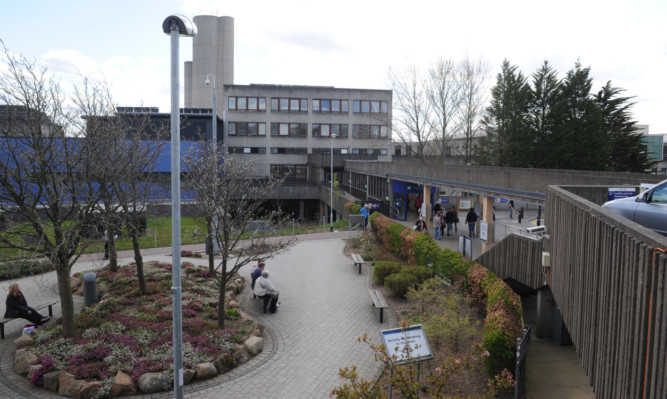Ninewells Hospital bosses have apologised to a patient’s family after failing to tell them their father was dying.
The patient’s son, known as Mr C, raised concerns with the Scottish Public Services Ombudsman about the standard of care given to his father, referred to as Mr A, at the hospital.
Mr A had existing diagnoses of lung cancer and diabetes when he was admitted with an infection.
Mr C said his father’s initial treatment was excellent but when he was transferred to another ward, the standard of care dropped, and he died three days later.
The report read: “Mr C complained that family members were not made aware of Mr A’s deterioration.
“He also complained that staff failed to adequately manage Mr A’s diabetes and food and fluid intake.”
Mr C believed his father’s death was caused by a failure to identify and treat hypoglycaemic shock, rather than as a result of his underlying cancer and infection, as the health board suggested.
Complaints over staff competence were then taken to the SPSO, which decided Tayside NHS Board should apologise.
The watchdog has also recommended the board conducts an audit of the ward staff’s compliance in keeping full and accurate medical records.
The SPSO found the patient’s diabetes was recorded on admission but there was evidence to suggest the ward was not properly equipped to react to significant changes to his blood sugar levels and the board’s procedure for managing hypoglycaemia was not followed.
It was also discovered medication the patient needed for his diabetes was omitted from his list, which was likely to contribute to his hypoglycaemic shock.
However, the SPSO accepted the patient’s episode was “ultimately dealt with appropriately” and there was no evidence to suggest it contributed to the patient’s condition or his death.
An NHS Tayside spokeswoman said: “We have met with the family involved in this case and apologised and we are taking action to address the recommendations.”
